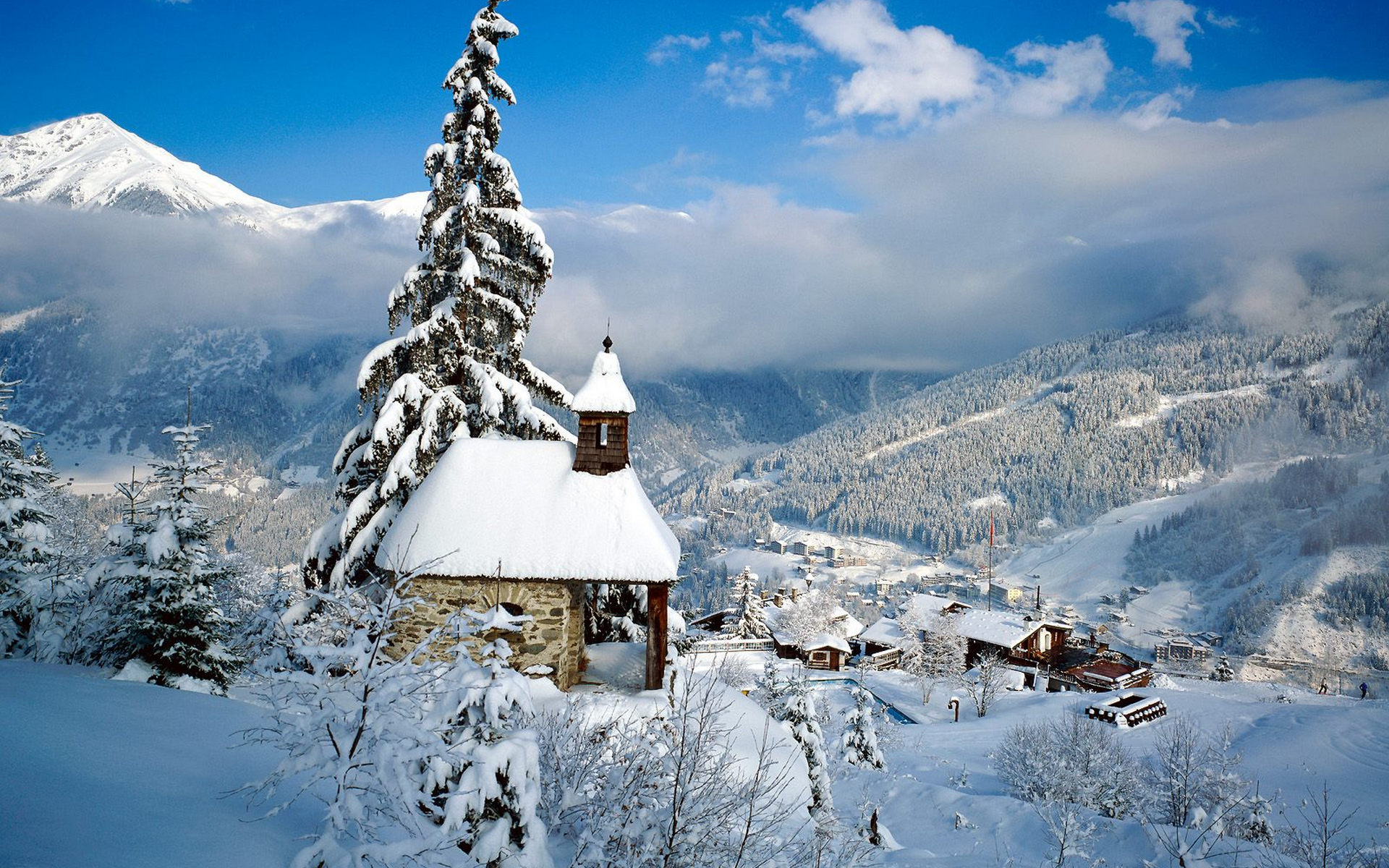
THE SNOWFLAKES.
THE ground was bare and frozen; and for days the sky had been of a dull leaden hue, and the sun did not venture to show itself. All seemed instinctively to feel that something was coming, and yesterday, about noon, that something began to come, in the shape of a few feathery flakes of snow.
At first we did not think it would amount to much, but they came thicker and faster, until by evening everything was covered several inches deep with the white fluffy-looking down; and still it was falling. Through the night the little flakes did not stop to rest, for this morning we looked out to see the poor, frozen earth covered as with a mantle of ermine. And what a pretty sight it was, before the feet of the busy crowd had trampled and soiled it! The evergreens were heavily laden; and the woodpile, fences, and even old barrels had assumed such fantastic forms. The snow had fallen quietly, and so there were no drifts, except where it had eddied into some corner. But in what graceful curves it lay, as if some master artist had sculptured it while we slept!
Soon we are awakened from our reverie by the sound of jingling bells, and along comes some one eager "to try the sleighing," then the boys with their sleds, and then a man with a snow-shovel—all seemingly determined to spoil our pretty picture, by putting the snow to a practical use. Tonight the pure, white garment of the morning is soiled and trampled, but all seem to enjoy doing their part in spoiling it. How the bells jingle, and the merry voices of the sleighers ring out on the clear night air!
And now, shall not those of us who cannot go, talk a little about the snowflakes? What are they? And where do they come from? Why, snow is the same as rain, only when the temperature of the air is below the freezing point of water, the particles of moisture are frozen, and thus become snowflakes. Did you ever notice how beautiful the separate flakes are? If not, go to the door and take up a handful of snow lightly, and examine it. You can see their beauty, but perhaps you cannot, without the aid of a microscope see how many various and curious forms they take But in the picture below, you may see some of the different shapes which the snow crystals assume, when magnified. On a still, frosty winter morning, have you never noticed these crystals lying on the top of the other snow, so large as to be easily seen? Did you ever try to see how many different shapes you could count, and if you could find two alike? NOW flakes, when examined by a microscope, look just as handsome and regular as these. A learned man who has given much time to the study of the snow flake has found ninety-six different varieties.
Like ice and other crystallized bodies, snow would be transparent, were it not that the air which it contains renders it opaque. We always think of snow as inseparably connected with whiteness and purity, and "white as snow" is one of the commonest comparisons; but; it is said on good authority that snow has been seen, in some places in the Polar region, of red orange and salmon color. These snowstorms sometimes present a luminous appearance, and seem to be covering everything with a sheet of fire. This seems almost too wonderful to believe; and although they know it to be a fact, scientific men are not able to explain it satisfactorily.
Many more wonderful things we might tell about the snow, but it is about bedtime, and the sleighers will soon be returning. But; let us remember that the little snow-flakes, doing their work so quietly and yet so well„ may teach many a useful lesson to us who tread upon them.
"Oh the snow, the beautiful snow!
How the flakes gather and laugh as they go!
Whirling about in its maddening fun,
It plays in its glee with every one.
Chasing, laughing, hurrying by,
It lights on the face, and it sparkles the eye,
And the dogs with a bark and a leap and a bound,
Snap at the crystals that eddy around;
The town is alive, and its heart in a glow,
To welcome the coming of beautiful snow!"
E. B.